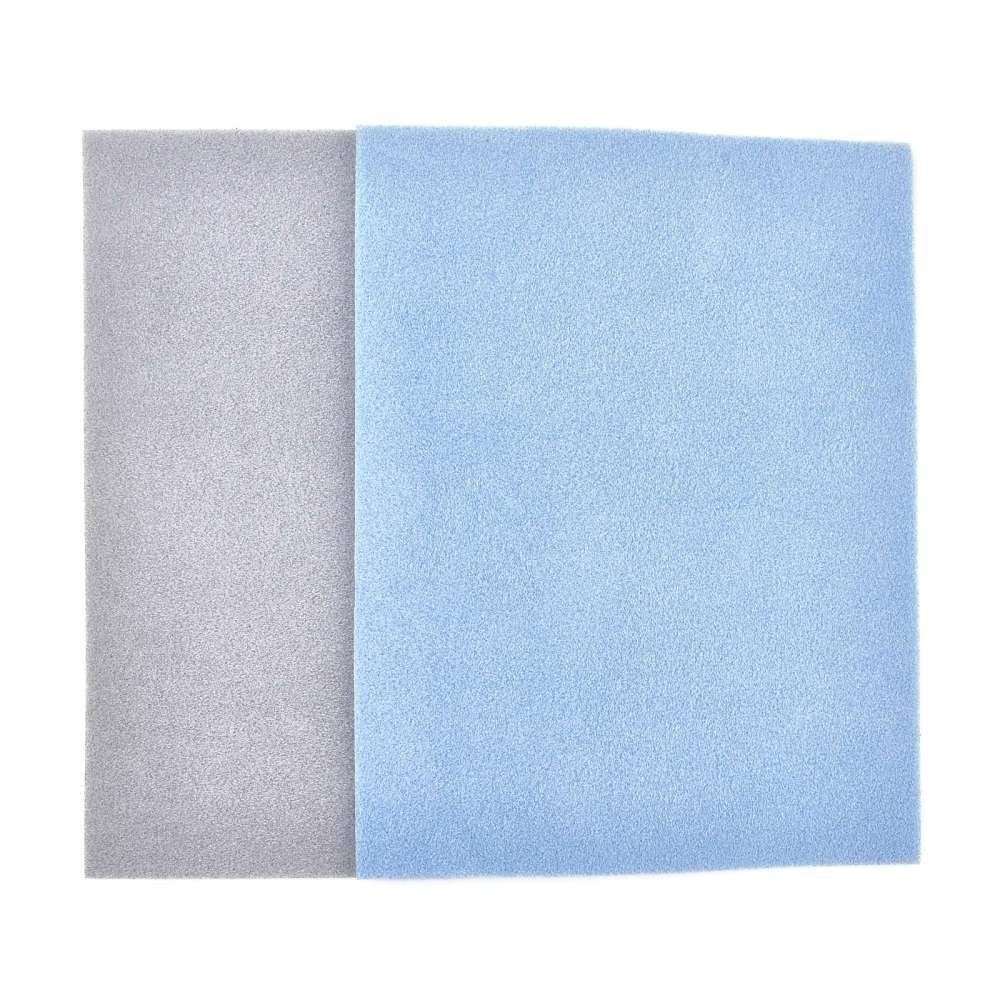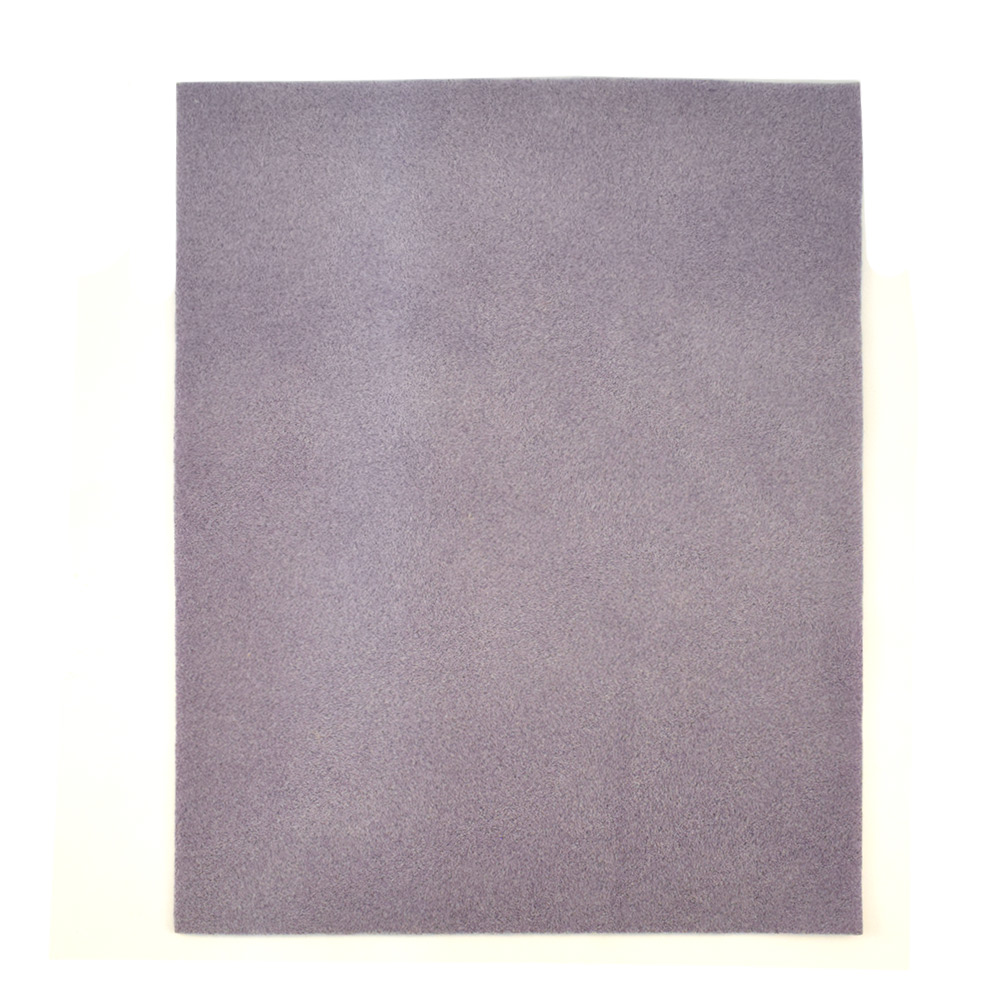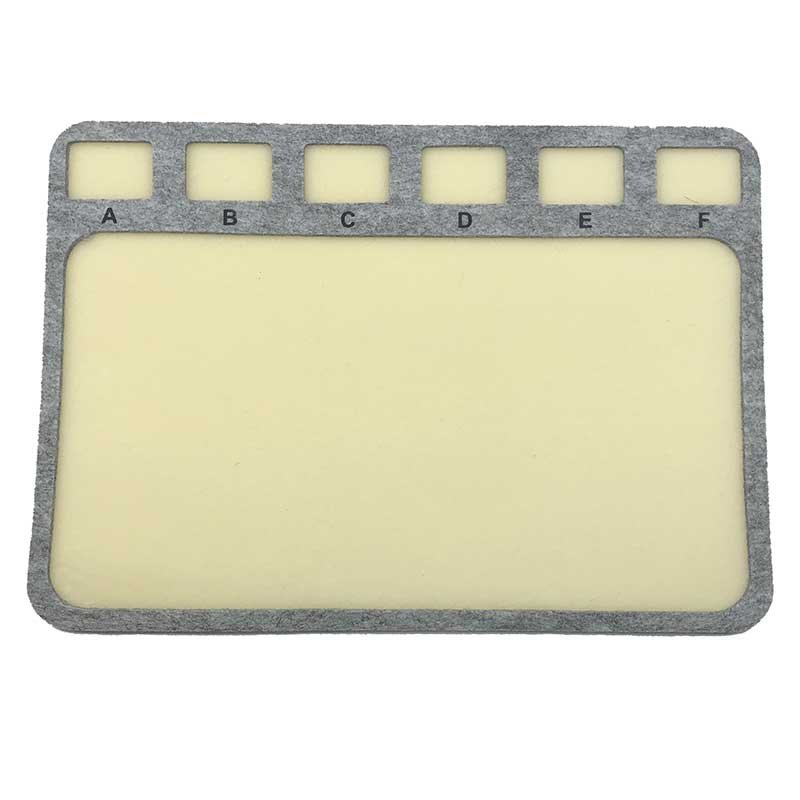Beading is a creative and intricate hobby that requires careful attention to detail and the right tools. One indispensable tool for any beader is a beading mat. This specialized surface helps keep beads and supplies organized, making your projects more efficient and enjoyable. Therefore, understanding the importance of a beading mat and how to choose the right one is essential for every beader. This comprehensive guide explores the benefits, types, and care tips for beading mats. By following these insights, you can enhance your beading experience and ensure your workspace remains organized and functional.
Benefits of Using a Beading Mat
A beading mat offers numerous advantages that significantly improve the beading process. Therefore, exploring these benefits highlights its indispensability in your beading toolkit.
Prevents Bead Rolling
One of the primary benefits of a beading mat is that it prevents beads from rolling away. The soft, textured surface creates friction, keeping even the tiniest beads in place. This feature saves you the frustration of constantly chasing runaway beads and ensures your workspace remains tidy. Additionally, a beading mat helps you maintain better control over your beads, making your projects more efficient and enjoyable. Therefore, recognizing the importance of preventing bead rolling emphasizes the value of a beading mat.
Protects Delicate Beads
Delicate beads, such as glass or crystal, can easily become damaged if they fall onto hard surfaces. A beading mat provides a cushioned surface that protects these fragile beads from chips and cracks. This protective layer ensures your delicate beads remain in excellent condition during your projects. Furthermore, using a beading mat reduces the risk of accidental bead loss, helping you maintain an organized workspace. Therefore, understanding the protective benefits of a beading mat ensures the preservation of your valuable and delicate beads.

Types of Beading Mats
Beading mats come in various types, each offering unique features to suit different preferences and needs. Therefore, exploring the different types of beading mats helps you select the one that best fits your requirements.
Fabric Beading Mats
Fabric beading mats are among the most common and popular choices for beading enthusiasts. Made from soft materials like velvet, felt, or microfiber, these mats provide a non-slip surface that effectively keeps beads in place. Fabric mats are often available in multiple colors, allowing you to choose one that contrasts well with your beads for better visibility. Additionally, fabric beading mats are lightweight and portable, making them easy to take with you to beading classes or events. Therefore, recognizing the advantages of fabric beading mats ensures you choose a functional and versatile option.
Foam Beading Mats
Foam beading mats are another excellent choice, offering a cushioned surface that is gentle on delicate beads. These mats are typically made from high-density foam or rubber, providing a slightly firmer texture than fabric mats. Foam mats are often larger in size, making them ideal for bigger projects that require more workspace. The durable material ensures longevity, allowing you to use the mat for multiple projects over time. Therefore, understanding the benefits of foam beading mats emphasizes their suitability for a wide range of beading tasks.
Special Features of Beading Mats
Some beading mats come with special features designed to enhance your beading experience further. Therefore, exploring these features helps you select a mat that offers additional functionality.
Grid Lines and Measurements
Beading mats with grid lines and measurements provide a useful reference for precise bead placement and design. These built-in guides help ensure symmetrical patterns and evenly spaced beads, making your projects look polished and professional. Mats with grid lines are especially valuable for intricate designs and complex patterns that require careful planning. Using these mats enhances accuracy and simplifies the design process. Therefore, recognizing the benefits of grid lines and measurements ensures more precise and professional-looking beading projects.
Multiple Sections and Compartments
Some beading mats feature multiple sections or compartments, offering built-in organization for different bead types and sizes. These mats help you keep your beads sorted and easily accessible, reducing the time spent searching for specific beads. Multiple sections are especially useful for projects that involve various bead colors and styles, ensuring a streamlined workflow. This feature enhances efficiency and keeps your workspace tidy. Therefore, understanding the advantages of mats with multiple sections emphasizes the importance of organization in beading.

Choosing the Right Beading Mat
Selecting the right beading mat depends on your specific needs, preferences, and the nature of your projects. Therefore, exploring factors to consider ensures you make an informed choice.
Size and Portability
Consider the size of the beading mat that best suits your workspace and project requirements. Larger mats provide ample space for extensive projects, while smaller mats are convenient for portable beading on the go. Portability is a significant factor if you frequently attend beading classes or workshops. Lightweight and foldable mats are easier to transport and store, offering flexibility in various beading environments. Therefore, recognizing the importance of size and portability ensures you select a beading mat that fits your lifestyle.
Material and Texture
The material and texture of the beading mat directly impact its functionality and comfort. Soft, cushioned materials like fabric or foam provide a comfortable working surface and protect delicate beads. The texture should create enough friction to prevent beads from rolling while remaining smooth enough for easy bead manipulation. If you have specific material preferences or sensitivities, choose a mat that accommodates your comfort needs. Therefore, understanding the significance of material and texture ensures you select a beading mat that enhances your beading experience.
Caring for Your Beading Mat
Proper care and maintenance of your beading mat ensure its longevity and continued effectiveness. Therefore, exploring care tips helps preserve its functionality and appearance.
Cleaning and Maintenance
Regular cleaning of your beading mat is essential for maintaining its performance and appearance. Fabric mats can often be gently washed with mild soap and water, then laid flat to dry. Foam mats can be wiped clean with a damp cloth and mild detergent. Avoid using harsh chemicals or abrasive scrubbing, as this can damage the mat’s surface. Keeping your mat clean ensures a hygienic workspace and prolongs the mat’s lifespan. Therefore, recognizing the importance of cleaning and maintenance ensures the continued effectiveness of your beading mat.
Storage and Organization
Proper storage of your beading mat helps preserve its shape and protects it from damage. Store the mat flat or rolled up, depending on its material and flexibility. Avoid folding the mat, as this can create creases and affect its texture. Keeping the mat in a designated storage container or bag ensures protection from dust, dirt, and other contaminants. Organized storage helps maintain an orderly workspace and ensures the mat is always ready for use. Therefore, understanding proper storage techniques emphasizes the importance of maintaining your beading mat in optimal condition.

Enhancing Your Beading Workspace
A well-organized and functional beading workspace enhances creativity and efficiency. Therefore, exploring ways to optimize your beading area ensures a productive and enjoyable crafting environment.
Using Bead Trays and Containers
Incorporating bead trays and containers into your workspace helps keep beads sorted and easily accessible. These organizational tools prevent bead spills and reduce the time spent searching for specific beads. Trays with multiple compartments are ideal for separating different bead colors, sizes, and shapes. By keeping your beads organized, you can focus more on the creative aspects of beading. Therefore, recognizing the benefits of bead trays and containers ensures a more efficient and enjoyable beading process.
Adequate Lighting and Comfort
Proper lighting and comfort are crucial for an effective beading workspace. Adequate lighting, such as natural light or adjustable desk lamps, ensures you can see your beads clearly and reduces eye strain. Ergonomic seating and workspace setup promote comfort and prevent fatigue during extended beading sessions. Ensuring your workspace is well-lit and comfortable enhances your overall beading experience. Therefore, understanding the importance of lighting and comfort emphasizes the need for a well-designed beading environment.
Conclusion
Understanding the importance of a beading mat involves exploring its benefits, types, special features, and care tips. Proper knowledge ensures an optimized and enjoyable beading experience.
Exploring elements like preventing bead rolling, recognizing the advantages of different materials, and identifying organizational features provides valuable insights. Recognizing the significance of choosing the right size and material further enriches the understanding.
By engaging with tips for proper care and enhancing your workspace, you can ensure your beading projects remain efficient and enjoyable. Therefore, whether you are a beginner or an experienced beader, understanding these aspects offers practical and valuable insights. Embrace the opportunity to enhance your beading experience with the right tools, ensuring creativity and organization in your crafting endeavors!
